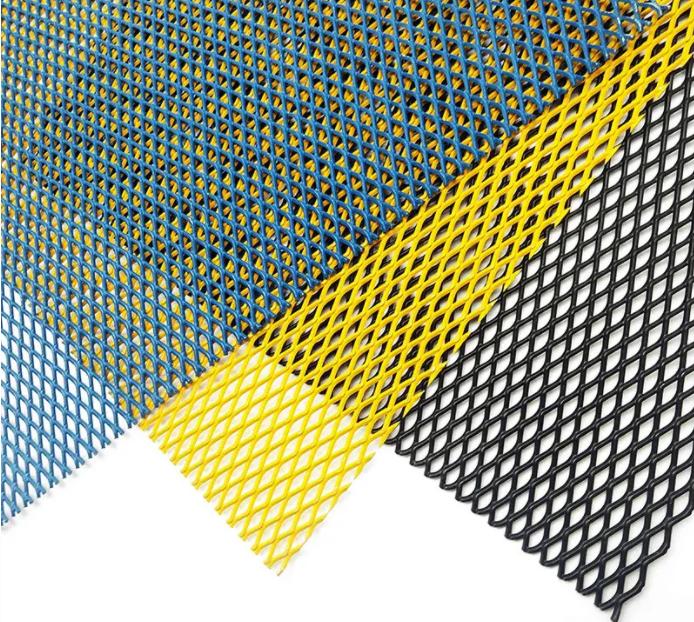 TEL:
+86-13102802206
TEL:
+86-13102802206
 Email:
fencenetting@china.com
Email:
fencenetting@china.com
 Language
Language
 TEL:
+86-13102802206
TEL:
+86-13102802206
 Email:
fencenetting@china.com
Email:
fencenetting@china.com
 Language
Language


The Versatility and Benefits of 5mm Gabion Baskets
Gabion baskets, particularly those woven with 5mm wire, have gained significant popularity in landscaping, civil engineering, and environmental protection due to their robust design and multifunctional uses. These wire mesh containers, filled with rocks, stones, or other materials, offer a unique blend of structural integrity and aesthetic appeal, contributing to both functional and cosmetic outcomes in various applications.
Understanding Gabion Baskets
Gabion comes from the Italian word 'gabbione,' meaning 'big cage.' Traditionally used for erosion control and flood protection, gabion baskets are typically made of double-twisted steel wire that forms a durable mesh. The choice of 5mm wire for these baskets strikes a balance between strength and flexibility, allowing them to withstand environmental pressures while being manageable in installation.
Gabion baskets are often filled with stones or other aggregates, effectively creating a permeable structure that reduces soil erosion and improves drainage. Their porous nature allows water to flow through, reducing hydrostatic pressure and minimizing the risk of structural failure. This characteristic is particularly advantageous in landscaping projects and civil engineering applications where water management is critical.
Applications of Gabion Baskets
1. Erosion Control Gabion baskets are primarily used in riverbanks, coastal areas, and on slopes to protect against erosion. By installing these structures, land can be stabilized, preventing soil loss and maintaining the integrity of surrounding areas.
2. Retaining Walls The versatility of gabions makes them an excellent choice for building retaining walls. The heavy masses created by filled gabion baskets resist lateral Earth pressure while allowing for proper drainage, reducing water accumulation and subsequent pressure build-up.

3. Decorative Landscaping Beyond their functional uses, gabion baskets can be aesthetically pleasing. Fill materials like rounded river stones or bricks can create visually appealing structures in gardens and parks, serving as benches, planters, or architectural features.
4. Noise Barriers Gabion walls can also function as noise barriers in urban settings. By filling the crates with sound-absorbing materials, these structures help reduce noise pollution from roads and other sources, contributing to a calmer environment.
5. Wildlife Habitat When creatively designed, gabions can serve as habitats for various species. The crannies and crevices within the filled baskets can attract small animals, birds, and even beneficial insects, promoting biodiversity.
Environmental Benefits
One of the most notable environmental advantages of using 5mm gabion baskets is their sustainability. The materials often used to fill gabions—like locally sourced rocks or recycled concrete—minimize ecological footprints and can be derived from construction waste. Additionally, the porous nature of the baskets supports rainwater infiltration, benefiting plant life and reducing surface runoff.
Furthermore, gabion structures blend seamlessly with natural landscapes, avoiding stark contrasts typical of traditional concrete structures. They naturally weather and merge with their surroundings, providing habitat and contributing to ecological restoration projects, making them a favorite among environmental engineers.
Conclusion
5mm gabion baskets are an innovative solution that balances functionality with aesthetics in various applications, from civil engineering to landscaping. Their robust nature, coupled with versatility, makes them an essential choice for erosion control, retaining walls, and decorative features in outdoor spaces. More than just practical solutions, gabion baskets embody a sustainable approach to construction and landscaping, promoting environmental stewardship and enhancing the beauty of our natural spaces. As industries continue to emphasize eco-friendly practices, the importance of materials like gabion baskets in both private and public projects will undoubtedly grow, making them a lasting staple in modern construction and design.